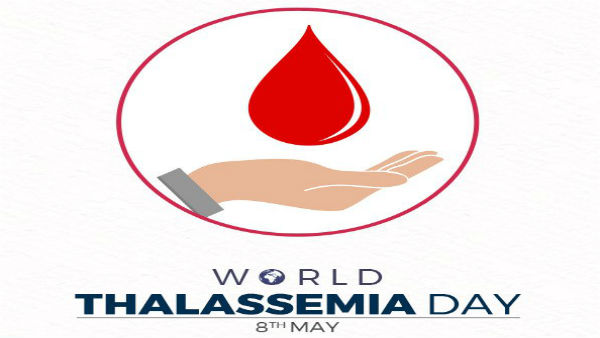Description

Disclaimer: Copyright infringement not intended.
Context
- On the occasion of World Thalassemia Day-that is 8th May, Union Minister for Tribal Affairs virtually addressed the webinar “Challenges in Thalassemia 2022” in New Delhi.
What is Thalassemia?
- Thalassemia is an inherited blood disorder in which the body makes an abnormal form of hemoglobin. Hemoglobin is the protein molecule in red blood cells that carries oxygen.
- The disorder results in excessive destruction of red blood cells, which leads to anemia. Anemia is a condition in which the body doesn’t have enough normal, healthy red blood cells.
- Thalassemia is inherited, meaning that at least one of the parents must be a carrier of the disorder. It’s caused by either a genetic mutation or a deletion of certain key gene fragments.
- Thalassemia minor is a less serious form of the disorder. There are two main forms of thalassemia that are more serious. In alpha thalassemia, at least one of the alpha globin genes has a mutation or abnormality. In beta thalassemia, the beta globin genes are affected.
- Each of these forms of thalassemia has different subtypes. The exact form you have will affect the severity of your symptoms and your outlook.
Symptoms of thalassemia
The symptoms of thalassemia can vary. Some of the most common ones include:
- Bone deformities, especially in the face
- Dark urine
- Delayed growth and development
- Excessive tiredness and fatigue
- Yellow or pale skin
Not everyone has visible symptoms of thalassemia. Signs of the disorder also tend to show up later in childhood or adolescence.
Causes of thalassemia
- Thalassemia occurs when there’s an abnormality or mutation in one of the genes involved in hemoglobin production. You inherit this genetic abnormality from your parents.
- If only one of the parents is a carrier for thalassemia, one may develop a form of the disease known as thalassemia minor. If this occurs, you probably won’t have symptoms, but you’ll be a carrier. Some people with thalassemia minor do develop minor symptoms.
Different types of Thalassemia
There are three main types of thalassemia (and four subtypes):
- Beta thalassemia, which includes the subtypes major and intermedia
- Alpha thalassemia, which include the subtypes hemoglobin h and hydrops fetalis
- Thalassemia minor
All of these types and subtypes vary in symptoms and severity. The onset may also vary slightly.
Treatment
- Bone marrow and stem cell transplant from a compatible related donor is the only treatment that can cure thalassemia. It is the most effective treatment
https://www.pib.gov.in/PressReleasePage.aspx?PRID=1823666











